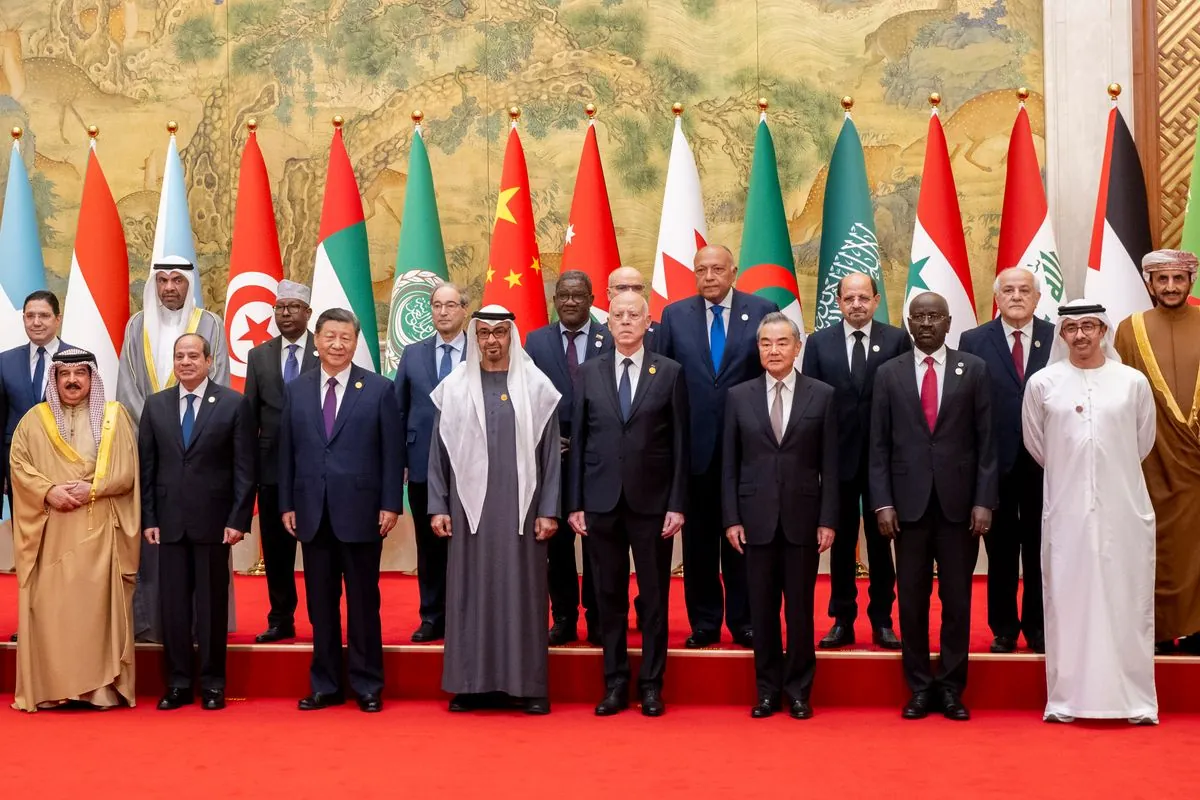China's Job Crisis: Graduates Face Bleak Prospects Amid Tech Shift
China's focus on advanced technologies leaves millions of graduates struggling to find work. Unemployment influencers emerge as youth grapple with job scarcity and economic challenges.

In China, a growing number of university graduates are facing an unprecedented job crisis, as the government's emphasis on "new productive forces" in specific technological sectors leaves many behind. This shift has led to a surge in unemployment among young, educated individuals, with a record 11.79 million graduates entering a highly competitive job market in 2024.
The situation has given rise to an unexpected phenomenon: unemployment influencers. He Ajun, a 32-year-old former education industry worker, has found a new calling by sharing her experiences with joblessness on social media. Her vlogs, which offer career advice and document her journey through long-term unemployment, have garnered a following of 8,400 people.
"I think in future freelancing will be normalised. Even if you stay in the workplace, you'll still need freelancing abilities. I believe it will become a backup skill, like driving."
The gig economy has become a lifeline for many, with over 200 million people currently engaged in freelance work. However, even this sector is showing signs of saturation, with several cities warning of an oversupply in ride-hailing services.

The job crisis extends beyond the private sector, affecting even government positions once considered secure "iron rice bowls." Beijing announced a 5% headcount reduction last year, resulting in thousands of layoffs across various provinces.
Yao Lu, a sociologist at Columbia University, estimates that approximately 25% of college graduates aged 23-35 are currently underemployed. This situation represents a significant waste of human capital and poses long-term economic challenges for China.
The mismatch between education and job market needs is evident. While there's a shortage of skilled workers in areas such as welding, elderly care, and digital technology, millions of graduates struggle to find suitable employment. This disparity highlights the need for reforms in China's education system, which has seen higher education enrollment rates increase from 10% in 1998 to over 50% in 2023.
Young workers like Anna Wang, 23, and Olivia Lin, 30, share their experiences of high pressure, unpaid overtime, and job insecurity. Their stories reflect a broader trend of disillusionment among China's youth, leading to concepts like "lying flat" and "involution" gaining popularity as responses to intense societal pressures.
In response to these challenges, Chinese President Xi Jinping urged officials in May 2024 to prioritize job creation for new graduates. However, the effectiveness of these efforts remains to be seen, as China's focus on advanced technologies like AI and robotics continues to shape its economic landscape.
As unemployment becomes more visible on social media platforms, with hashtags related to joblessness receiving billions of views, there's a growing acceptance and reduced stigma surrounding unemployment. This shift in perception may help isolated youth connect and redefine their understanding of work in China's evolving economic climate.
While the current situation presents significant challenges, it also opens up discussions about work-life balance, the role of technology in the job market, and the need for a more diversified approach to economic development in China.


































